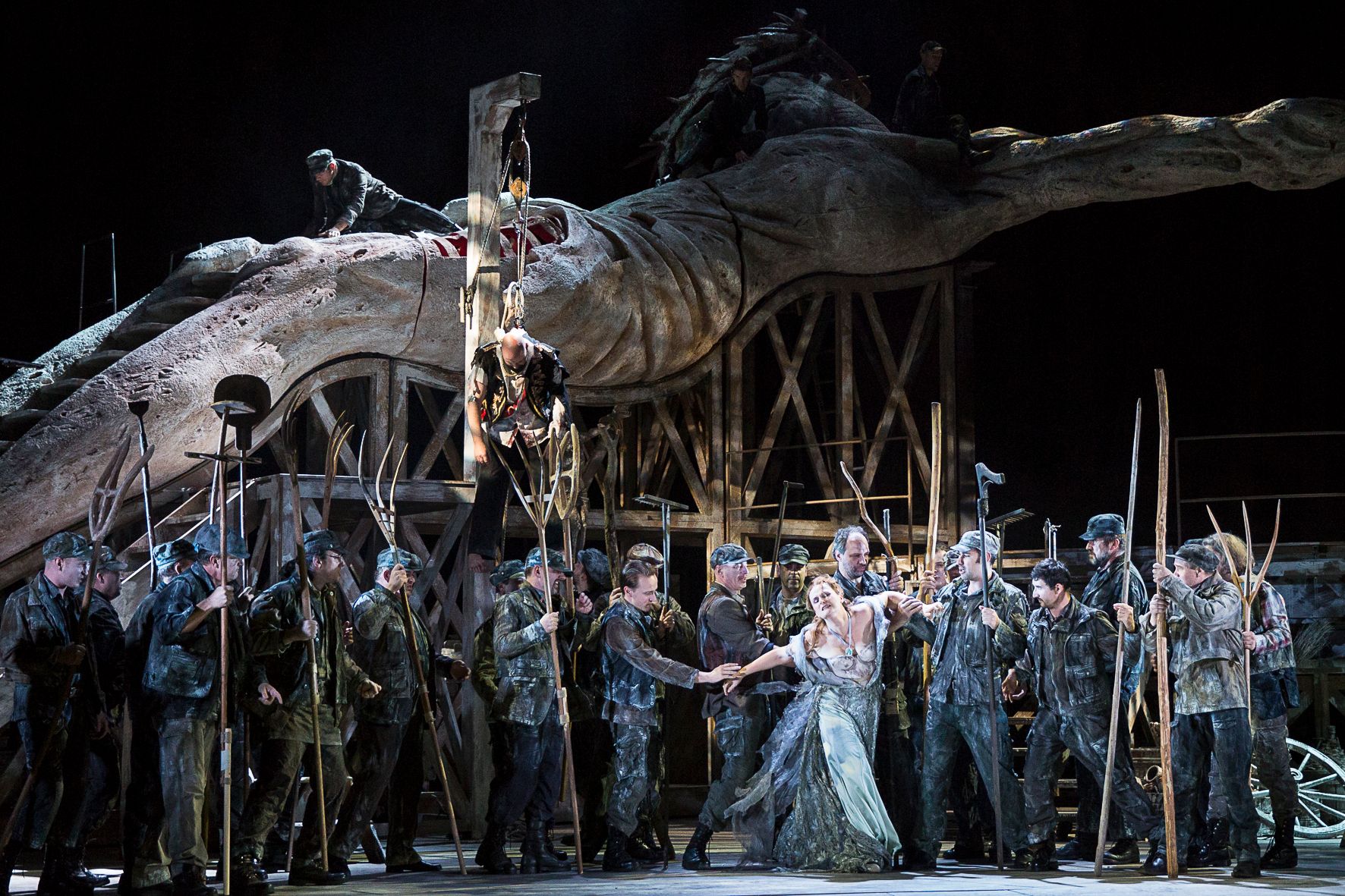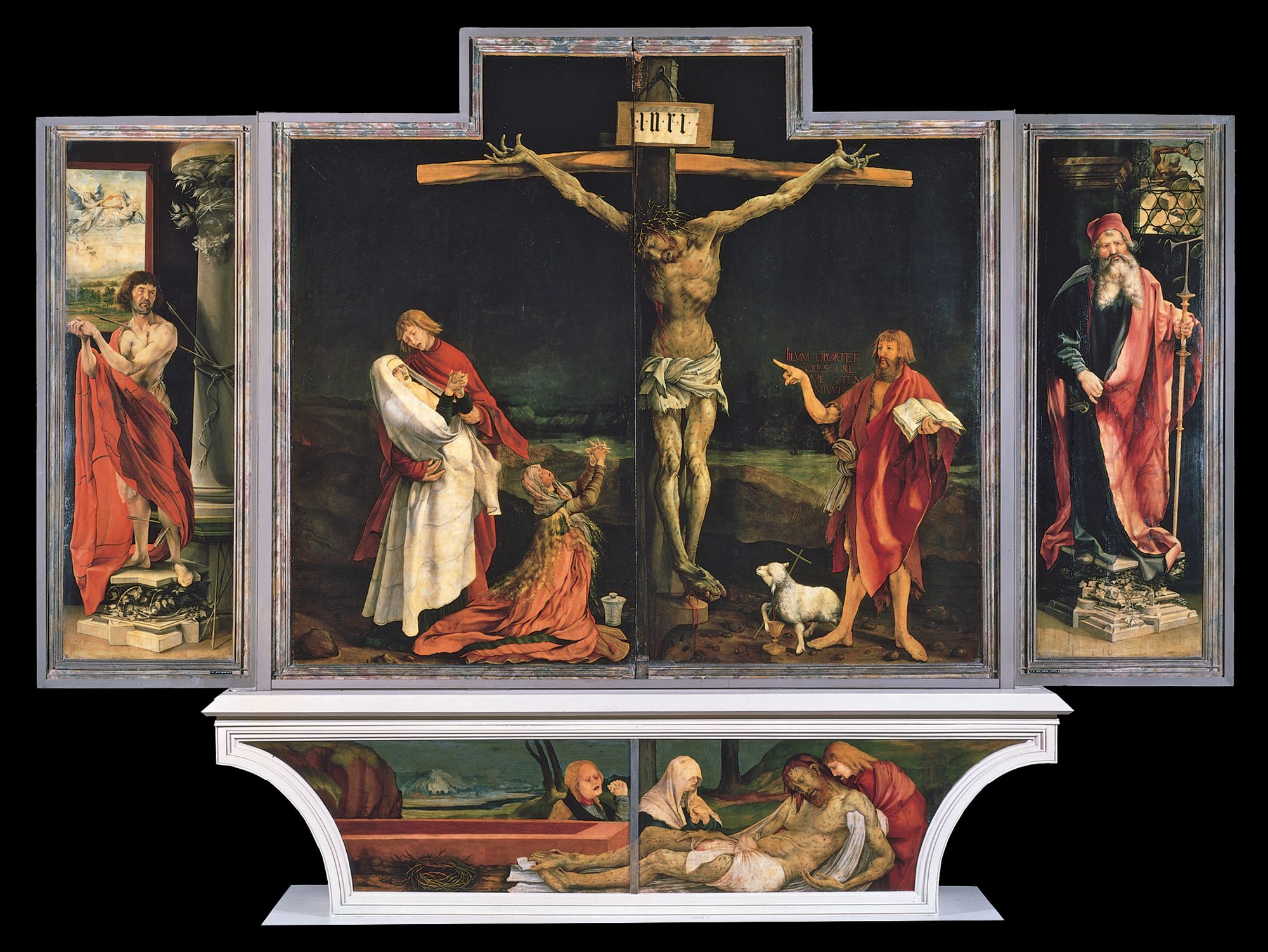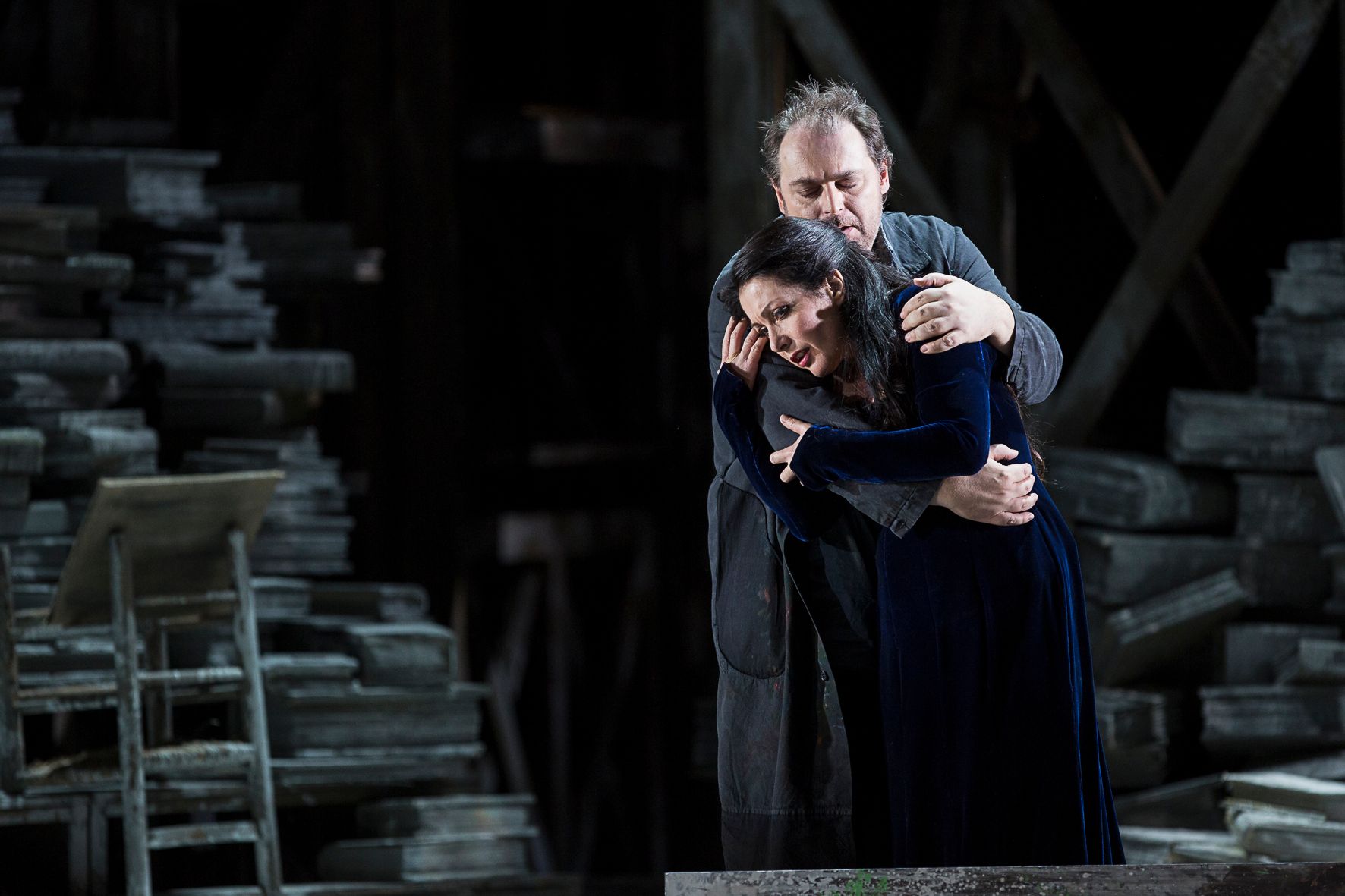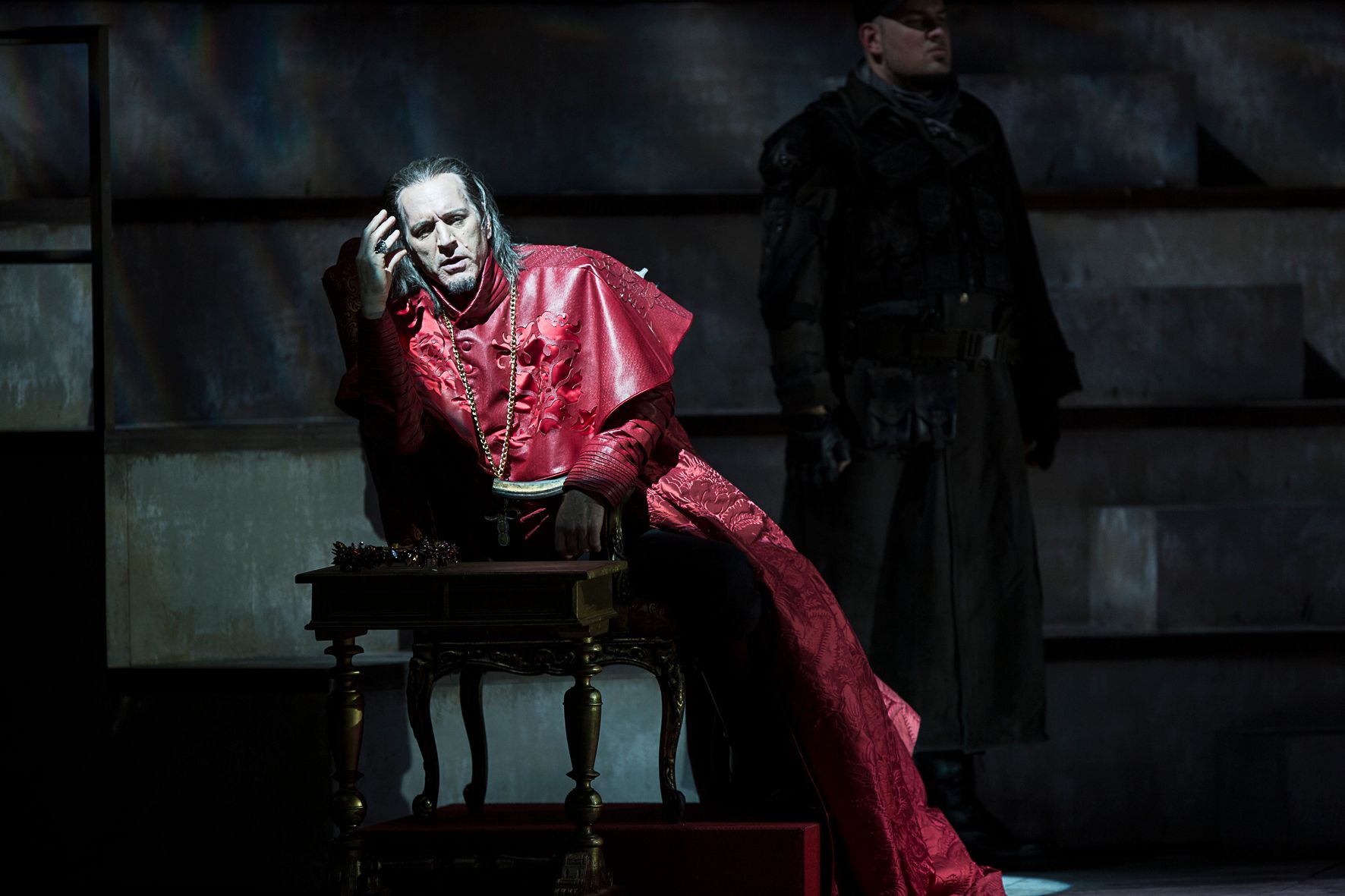Hindemith's opera Mathis der Maler, complete from Vienna
Whether you go for sound-only, or the visual experience, this is simply unmissable

Paul Hindemith conceived Mathis der Maler, his ‘opera in seven tableaux’, as a re-imagining of Matthias Grünewald’s Isenheim Altarpiece, a depiction of Christ’s intense suffering and crucifiction. Set during the turbulence of the German Peasants’ revolt in the early 16th century, the work’s focus is on artistic freedom of expression and human isolation during a time of plague, repression and violence (which may well hit home in present times; Hindemith wrote his own libretto finding in Grünewald a metaphor for his own period's dynamics). Performances of the opera in Germany were predictably banned by the Nazis.
We have already covered several Hindemith discs: two in one post (piano and violin, plus solo piano), and, most relevant to the present article, Symphony Mathis der Maler from the ORF Vienna Radio Symphony orchestra under Marin Alsop (here; a disc which incidentally featured the same combination of orchestra and conductor as yesterday's Henze post).
Keith Warner's staging of Mathis is domintated by a figure of Jesus on the cross, as we can see from this production photo (and then, immediately below, how it relates to the Isenheim Altarpiece):


Warner and his set designer, Johan Engels, decided on highlighting that central image of Jesus, transforming it into what Warner calls a "three-dimensional 'landscape' against which the singers can move". Engel puts the reasoning succinctly:
Personally, I don't think that there's another image of Christ on the cross in the history of Western art that offers as stark a portrayal of boundless suffering
Against this powerful, static backdrop, the singers are asked to fully emote, creating a striking visual counterpoint on stage. Drama is far from absent, as the Peasants' Revolt of the fourth scene clearly demonstrates. The suffering of Christ finds a counterpart in Matthias Grünewald's sufferings for his art.
Some critics might suggest there are passages of lesser interest in Mathis; conductor Bertrand de Billy persuades us (me, at least) that this is not so. This is, surely, the ideal way to get to know Hindemith's opera - one of nine he composed!.
The singers are just as impressive: Wolfgang Koch takes the role of Mathis, and the astonishingly talented Manuela Uhl is Ursula, with whom Mathis is in love (she is also the daughter of the "rich Protestant citizen" Riedinger).

One can glean much of the effect of the production in this Naxos showreel - worth watching throughout as it includes Ursula's astonishingly emotive aria from the Third Tableau, Scene 3 - Uhl is positively mesmeric:
You will note in that particular segment mentioned above that the setting is a bare table and two chairs that face each other - the setting for a declaration of love. Love - at least human as opposed to Divine - is obviously a lonely space. That counterpointing again. Furthermore, that bareness also points to another shared aspect of then and now: isolation, a subject very much of the moment, in Hindemith the isolation fo the artist against society.
Hindemith's music takes on the hugely powerful (and choral) and the most tender, internal statements, all couched in what might be classified as a "Neo-Classical" frame. Neo-Classicism forces tus to interact with the past in a modern time - Warner's productio plays with that, "freezing" the chorus at one point, as if they suddnly become part of anotehr altarpiece. It's remarkable, and the more one watches, the more one can find.
As to the orchestra (the Vienna Symphony Orchestra), listen to the control, and the sheer intensity, in the Introduction to the Sixth Tableau:
Or the radiant beginning to the opera, which Hindemith labelled "Engelskonzert" (Concert of Angels):
To hear how keen the sense of dialogue and character interaction is, here's a (sound-only) clip of the section "Was redest du da?," which features Mathis (Koch) and the leader of the peasants, Hans Scwalb, here sung by tenor Raymond Very:
Just listen to the white-hot intensity of the orchestra in the next clip, against the voices of Schwalb, Mathis and the Regina (Schwalb's daughter) of Katerina Tretyakova:
Lest one think Hindemith's score is unremitting, here's a lighter touch from the second Tableau, "Gewinnst du auch mein Herz":
The cast is uniformly excellent - one Kurt Schreit is a superb Albrecht von Brandenburg, impressively clothed:

I want to conclude with the final moments of the opera. Regina is dead. Albrecht has offered Mathis his protection for his last years, but the painter declines and prepares himself for death. This is such touching music - listen to the plangent flute counterpoint to the voice which then emerges as a voice of its own, briefly unaccompanied, before ushering in the next phase of this beautiful, powerful aria. Wolfgang Koch is astonishing - soul-shredding, in fact:
Whether you go for sound-only (which naturally leads the ear to the singing and the magnificent orchestra) or the visual experience, this is simply unmissable. A final plea: can we have this staging in the UK, please?
Many thanks to the press department of the Theater an der Wien for providing the production photos used in this post (all photos, including the one used on Twitter, © Werner Kmetitsch).
